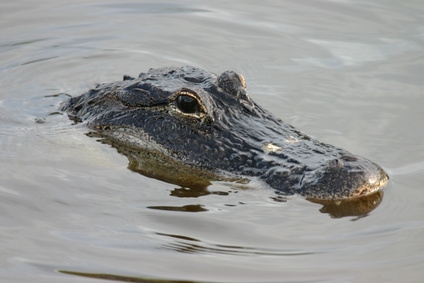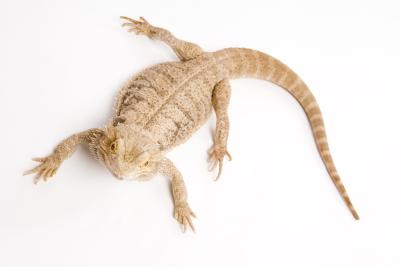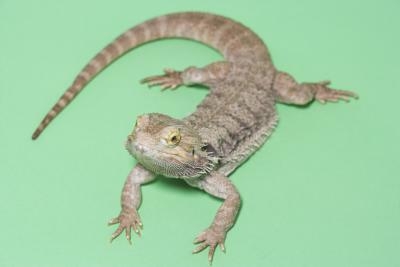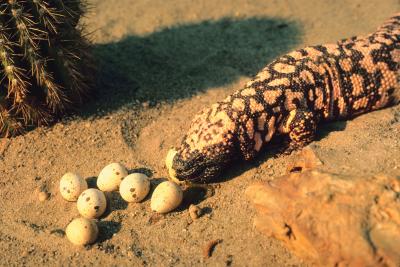
How to Tell the Difference Between a Male & a Female Alligator or Lizard. Alligators are large reptilian creates that inhabit freshwater swamp environments in places such as Florida and Louisiana. Male and female alligators both have powerful jaws with over 70 razor-sharp teeth, a long snout and tail and thick skin. However, distinguishable differences do exist between a male and female alligator's personality and physical characteristics. Smaller reptiles, such as lizards, also have differences in physical appearance and personality as their larger, alligator cousins.

Measure the length and width of the adult alligator's body and snout. Male alligators are larger and can grow upwards of 15 feet long, while females can only grow up to 10 feet in length. Female alligators also have a narrower body and snout than males.
Look for the location of the adult alligators. Males tend to swim in open water while females who have nests will stay close to the edges of the water.
Flip a baby alligator upside down. Press your fingers into the slit located between the lower legs. This "vent" will reveal a penis if the alligator is a male and a dot for the female.
Observe the alligators during mating season in the spring time. During the mating ritual, the male alligator will circle around the female before mounting itself on top of the female.
Look for physical differences in the body and head of the lizard. Female lizards have longer and thinner bodies compared to the wider and shorter bodies of male lizards. The male lizard has a square-like head shape compared to the female, which has a smaller and circular head size overall.
Flip the lizard over to observe the coloring and underbelly markings. The male lizard will have bright colors, designed to attract females during mating and breeding season. The female lizard's body will not change color and will be duller in comparison to the male's.
Look for femoral pores and a small bulge where the tail meets the abdomen. The femoral pores are V- shaped and are visible on a male lizard along with the bulge. The female lizard lacks the bulge and the femoral pores are not visible due to the dull colors of the underbelly.
Observe the behaviors of your lizard. Male lizards are more active, aggressive and will provoke other lizards that come inside their territory. Female lizards are not highly territorial and are less aggressive in personality.
 What Types of Lizards Don't Bite?
What Types of Lizards Don't Bite?
What Types of Lizards Don't Bite?
What Types of Lizards Don't Bite?
 Facts About Geckos
Facts About Geckos
Facts About Geckos.
Facts About Geckos
Facts About Geckos
Facts About Geckos.
 How to Keep Lizards Out of Your Yard in Florida
How to Keep Lizards Out of Your Yard in Florid
How to Keep Lizards Out of Your Yard in Florida
How to Keep Lizards Out of Your Yard in Florid
 How to Keep a Wild Lizard
How to Keep a Wild Lizard
How to Keep
How to Keep a Wild Lizard
How to Keep a Wild Lizard
How to Keep
 How to Figure Out What Species My Lizard Is?
How to Figure Out What Species My Lizard Is?
How to Figure Out What Species My Lizard Is?
How to Figure Out What Species My Lizard Is?
Copyright © 2005-2016 Pet Information All Rights Reserved
Contact us: www162date@outlook.com